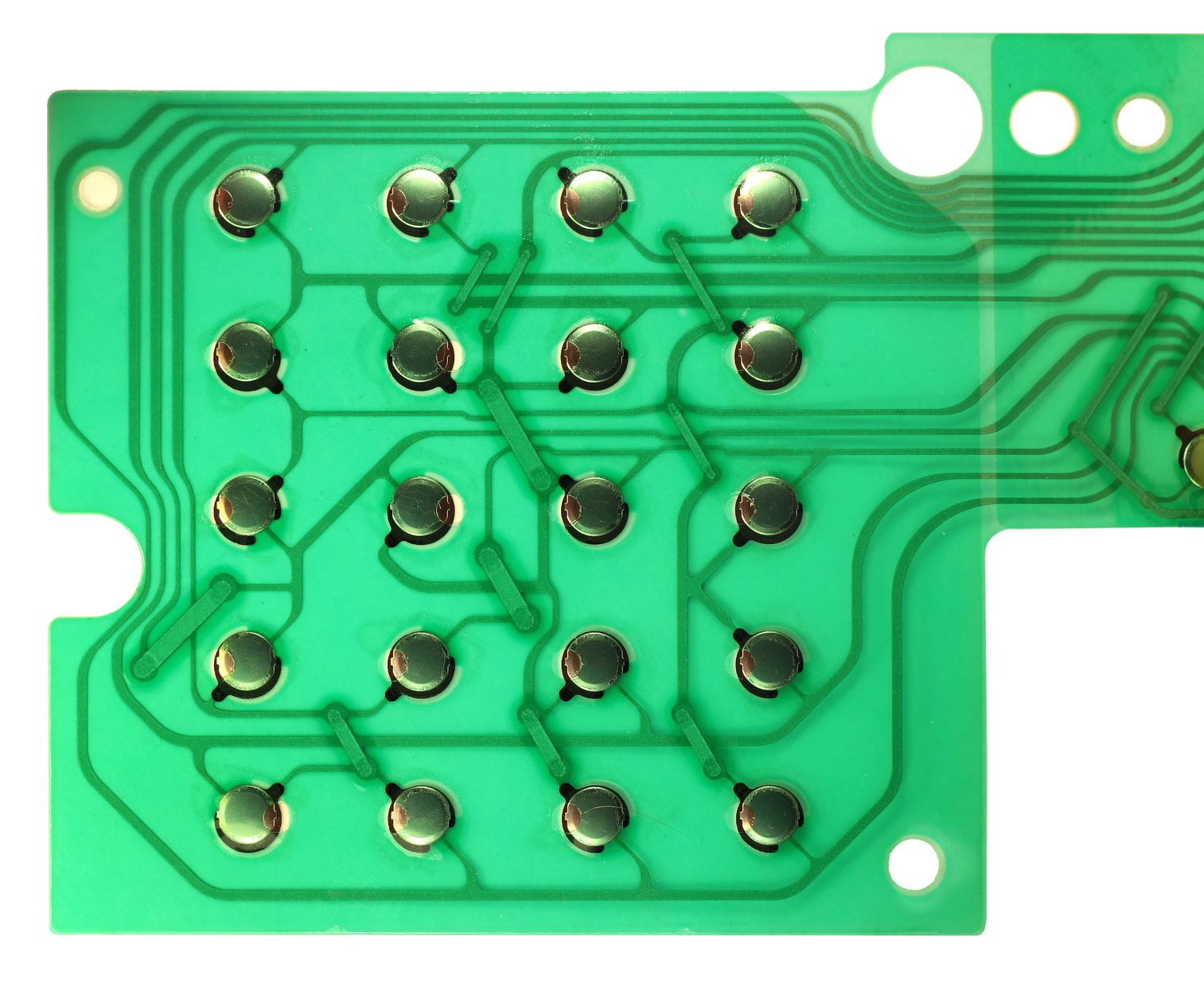Understanding the Functionality of Membrane Layer Changes for Individual Interface Instruments
The capability of membrane switches stands for a considerable development in interface design, incorporating efficiency with visual flexibility. These buttons operate through a multi-layered framework that translates customer interactions right into electrical signals, permitting for both small layouts and strength against ecological elements. As sectors progressively focus on individual experience, recognizing the nuances of membrane layer switch modern technology ends up being essential. What ramifications do these advancements hold for future applications, and just how might they redefine user communications across different devices?
What Are Membrane Switches?
Membrane layer buttons are innovative interface gadgets that assist in individual communication with digital tools. These functional parts include multiple layers, including a graphic overlay, spacer, and a printed circuit layer. The design enables a seamless integration into various electronic devices, enhancing both the aesthetic and functional aspects of user interfaces.
Membrane switches are commonly used in a large range of applications, from family home appliances to industrial machinery and medical devices. Their construction typically includes a slim account, making them a suitable option for small designs. The responsive responses supplied by these switches can be engineered to fulfill details individual preferences, guaranteeing effective interaction in between the user and the device.
Longevity is an additional significant benefit of membrane buttons, as they are immune to dust, moisture, and chemicals, which boosts their life expectancy sought after settings. Furthermore, these switches can be tailored in terms of form, dimension, and graphic layout, permitting branding and user-specific features. On the whole, membrane switches stand for a useful solution for improving user experience in digital gadgets, incorporating performance with aesthetic allure in an effective fashion.
Exactly How Membrane Layer Switches Over Work
Operating on an uncomplicated principle, membrane layer changes utilize a split building to sign up individual input effectively. Each button consists of several layers, including a published circuit layer, a spacer layer, and a leading graphic layer, which are designed to interact flawlessly. When a user presses the leading layer, it presses the spacer layer, bringing the conductive elements of the circuit layer right into contact with each various other.
This contact produces a shut circuit, signaling the gadget to implement a particular feature. The layout allows for different arrangements, including tactile comments, which can boost the user experience by offering a physical feeling upon activation. The products made use of in membrane switches usually include flexible substrates, such as polyester or polycarbonate, which make sure durability and durability against deterioration.

Key Advantages of Membrane Layer Buttons

An additional substantial advantage is their density. Membrane buttons are thin and lightweight, which enables makers to conserve room in their gadgets without sacrificing functionality. This feature is particularly useful in applications where weight and quantity are critical factors to consider.
In addition, membrane buttons are immune to dust, dampness, and chemicals, improving their toughness. This durability expands their lifespan and decreases the requirement for regular substitutes, causing cost savings over time.
Moreover, the responsive comments given by membrane switches can be enhanced to enhance customer communication. They can include functions such as increased buttons or audible clicks, enhancing use and individual experience.
Applications Across Industries
Interface tools utilizing membrane layer switches prevail in a wide array of sectors, showcasing their adaptability and capability. Membrane Switch. In the clinical sector, membrane layer buttons are indispensable to gadgets such as analysis equipment and person surveillance systems, where their longevity and ease of cleansing are vital for preserving hygiene standards. In the automotive industry, these switches are utilized in dashboard controls and infotainment systems, giving a sleek and contemporary user interface for customers.
In addition, the consumer electronics field gain from membrane layer switches in devices and portable gadgets, where her response compact layout and easy to use user interfaces boost customer experience. Industrial applications likewise take read here advantage of membrane switches over for control board in equipment and automation systems, stressing their toughness and resistance to extreme environments.
In the aerospace and protection sectors, membrane layer buttons are utilized in cockpit controls and devices, where integrity and performance under severe conditions are extremely important. Additionally, the video gaming market significantly includes membrane layer buttons in controllers and game makers, adding to an appealing user experience. Generally, the versatility of membrane layer switches over allows their widespread usage throughout countless sectors, underscoring their importance in contemporary interface style.
Future Patterns in Membrane Layer Change Technology

Furthermore, making use of innovative products, such as polycarbonate and polyester films, is anticipated to rise, supplying improved durability and resistance to ecological stressors. These materials contribute to the overall durability of membrane switches, making them suitable for harsher commercial applications.
Additionally, the consolidation of wise innovation, including IoT connection, will certainly allow membrane layer switches to connect with other tools and systems, promoting a more interactive user experience. This fad straightens with the expanding need for clever tools throughout different fields, from medical care to customer electronic devices.
Last Home Page but not least, personalization alternatives are expected to broaden, permitting makers to develop bespoke solutions tailored to certain user needs and choices. These advancements will certainly place membrane layer buttons as essential components in the evolution of individual interface innovation.
Conclusion
In verdict, membrane layer switches represent a crucial innovation in user interface modern technology, using a reputable and flexible option for varied electronic applications. Their layered building facilitates portable design, while functions such as tactile comments enhance customer interaction. The durability versus ecological variables better strengthens their energy across several sectors. As improvements in product scientific research and touch sensing innovations continue, the functionality and applicability of membrane buttons are anticipated to broaden, enhancing their value in modern-day digital devices.